Burchell’s courser | Birding Uganda
Burchell’s courser | Birding Uganda : is a wader in the pratincole and courser family and a native to Africa. As a matter of fact, the name of the bird commemorates the English naturalist William John Burchell. This specie is generally a small, diurnal and a terrestrial bird living in African countries. Some of these include; Uganda, Botswana, Angola, Namibia, not to mention but a few. Although they are categorized as waders, they are birds of dry open countries and preferably semi-desert countries. Here, they usually hunt their insect prey (normally harvester termites) by running on the ground. The species normally feeds on insects and in open short grasslands and burnt veld. However, they are peculiar shorebirds with a distinct difference; they are fascinating terrestrial waders favoring scorching environments.
Physical description
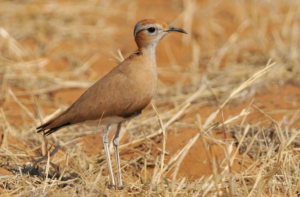 The Burchell’s courser bill is generally long, arched down and of a dark color like eyes. It possesses a blue-grey hind crown, a horizontal black band demarcating a white down belly and an overall pale rufous color. The face feathers are white supercilia above black eye lines, all concluding at the back of the neck forming a double V. Additionally, its secondary feathers are mostly white with a black underwing and brown to grey coverts. Females and males look analogous whilst juveniles miss the rufous color, the facial stripes and the grey hind crown of the adults. This bird with its camouflage appearance blending within the landscape making it challenging to spot.
The Burchell’s courser bill is generally long, arched down and of a dark color like eyes. It possesses a blue-grey hind crown, a horizontal black band demarcating a white down belly and an overall pale rufous color. The face feathers are white supercilia above black eye lines, all concluding at the back of the neck forming a double V. Additionally, its secondary feathers are mostly white with a black underwing and brown to grey coverts. Females and males look analogous whilst juveniles miss the rufous color, the facial stripes and the grey hind crown of the adults. This bird with its camouflage appearance blending within the landscape making it challenging to spot.
Behaviour
These birds are almost invariably gregarious, flocks of birds may be seen specifically in the non-breeding seasons and during migrations. These birds migrate from their breeding grounds to Africa or Australia where they gather on shores and grasslands to feed and rest. Although they are mostly silent birds, they may become quite vocal when migrating. They also become vocal when disturbed at their breeding sites, giving out loud sharp tern-like calls. These birds usually roost in flocks, with all of the birds facing into the wind on the ground or on rocks in midstream.
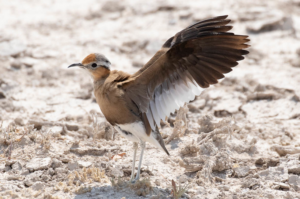 Referring to their names, coursers are great runners as their name suggests hence they need open grounds. Most birds prefer running to flying in case they are disturbed however they fly extremely well. Their plumage is normally highly cryptic thus providing excellent camouflage which they rely on for concealment. Coursers are typically true migratory birds although some may have more or less seasonal movements. Besides, they tend to be rather shy as a rule, seldom allowing a close approach, then running rapidly away before taking flight if pressed. They are active both day and night, becoming partly nocturnal during hot weathers especially on moon lit nights.
Referring to their names, coursers are great runners as their name suggests hence they need open grounds. Most birds prefer running to flying in case they are disturbed however they fly extremely well. Their plumage is normally highly cryptic thus providing excellent camouflage which they rely on for concealment. Coursers are typically true migratory birds although some may have more or less seasonal movements. Besides, they tend to be rather shy as a rule, seldom allowing a close approach, then running rapidly away before taking flight if pressed. They are active both day and night, becoming partly nocturnal during hot weathers especially on moon lit nights.
Reproduction
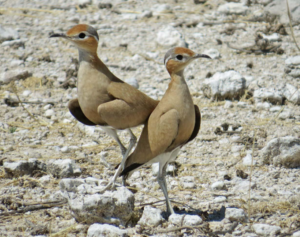 The birds are monogamous and occur in small flocks but usually are solitary nesters. They nest on the ground without any nest, or even in a shallow scrape in the soil. It lays a clutch of two eggs directly on the ground sometimes surrounded by stools of antelopes, small rocks or dried up organic matter. The eggs consists of an oval shape with black looks from a far distance, but they are actually of a buff color with many dark markings. Both parents participate in the incubation period however, uncertainties are expected during the hatching and fledging times. Even though chicks are considered precocial, they lack the heat-loss mechanisms possessed by the adults to survive the hot climate and thus shade to avoid overheating.
The birds are monogamous and occur in small flocks but usually are solitary nesters. They nest on the ground without any nest, or even in a shallow scrape in the soil. It lays a clutch of two eggs directly on the ground sometimes surrounded by stools of antelopes, small rocks or dried up organic matter. The eggs consists of an oval shape with black looks from a far distance, but they are actually of a buff color with many dark markings. Both parents participate in the incubation period however, uncertainties are expected during the hatching and fledging times. Even though chicks are considered precocial, they lack the heat-loss mechanisms possessed by the adults to survive the hot climate and thus shade to avoid overheating.
Vocalization
The courser often prefers to run other than flying and most likely to take to the air only when the disturbance is significant. The species is usually quiet on the ground but becomes vocal when flying, producing a loud sharp flight call. So far there are three types of identified produced vocalizations it produces. These include; the throaty “chuk” as it launches in the air a few “chuk chuk” grunts are uttered while flying and the contact call consisting of a “kwirrt-kwirrt” or a “Kok-Kok-Kwich”. If threatened by a predator, the species may run away from its nest emitting an alarm call so that it diverts the predator from the nest.
Feeding
These courser are predominantly insectivorous, although they occasionally eat small mollusks and seeds. In fact, they get much of their food on the wing, but often chase insects on the ground also. Coursers are exclusively ground feeders, taking their food by a run and a peck. They also use their relatively long, decurved bills for digging up in soft soil for insects or seeds. The species has been found to frequently feed on the coleopteran group, especially its main food source “beetles”. However the species tends to have a preference for harvester termites consisting over 50% of its diet.
Where to find them in Uganda
In Uganda you can find them in Murchison falls national park, Pian upe and Kidepo valley national park.
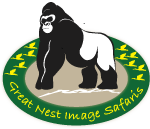
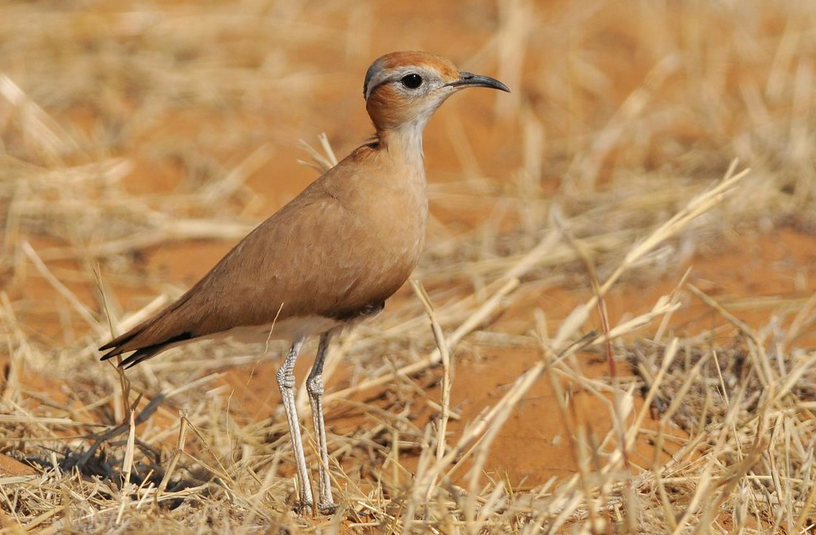






Leave a Reply
Want to join the discussion?Feel free to contribute!